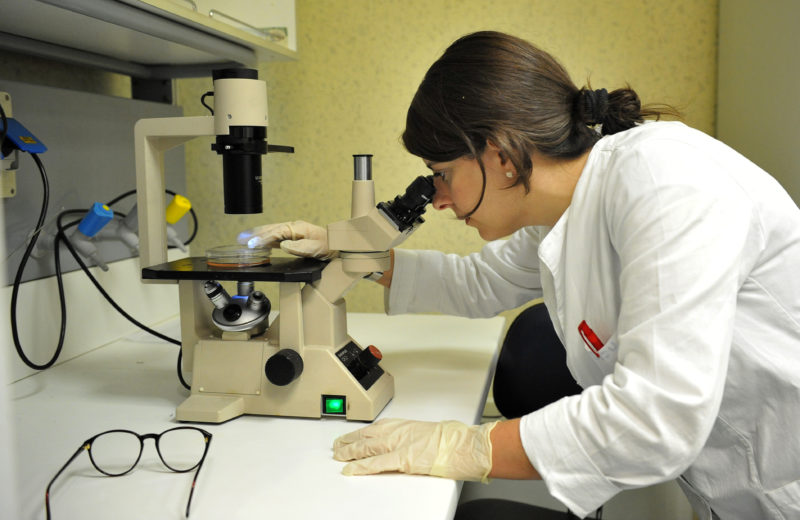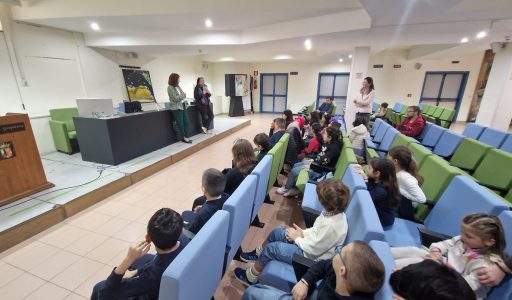Early impaired plasticity mechanisms in Parkinson’s disease
ROME - 22 December 2017

A team led by Elvira De Leonibus (Neuropsychormacology lab at the Institute of Genetics and Biophysics of the Italian National research council, IGB-CNR, in Naples and Telethon Institute of Genetic and Medicine in Pozzuoli) in collaboration with Barbara Picconi from Fondazione Santa Lucia and Paolo Calabresi from the University of Perugia has identified a new mechanism of cellular memory induced by motor learning, which is impaired in the early phases of Parkinson’ disease.
The study has been supported by grants from Fondazione CON IL SUD and from the Italian Ministry of University and Research, and has been published on the journal Brain.
Motor memory supports skill learning, such as writing, riding a bike, playing a piano and is characterized by a slow and progressive practice-mediated improvement in performance; once this learning is complete it allows automatic execution of complex skills.
It was already known that motor learning is mediated by the striatal complex, a brain region located under the cortical mantle. However, how striatal neurons stored new incoming information, and how they progressively integrated them for the optimization of motor skills was still not defined. As explained by De Leonibus “Using animal models, we discovered a cellular signature of motor learning in striatal neurons; striatal neurons of animals that are in the initial stage of motor learning respond to an inhibitory stimulus with excitation; the same inhibitory stimulus leads to neuronal inhibition in untrained animals or in animals that reached performance plateau. Thus, striatal neurons of animals that are in the initial stage of motor learning change their electrical properties so that new incoming stimuli can be integrated with previous one toward the optimization of motor performance. When the learning is complete this “tagging” mechanism is no more necessary, so neurons return to their basal status responding with inhibition to an inhibitory electrical stimulus.”
The research group, which involved many young researchers such Nadia Giordano and Attilio Iemolo, investigated the relevance of this novel identified form of cellular memory in Parkinson’ disease, whose symptoms (resting tremors, motor slowness etc.) are the manifestation of the neurodegeneration of neurons releasing dopamine in the striatum. “There is substantial experimental evidence indicating that increased expression of the protein alfa-synuclein can lead to dopamine neuronal death. Therefore, we manipulated dopaminergic cells so that they overexpressed human alpha-synuclein, which induced time-dependent neuronal death”, continued the Igb-Cnr researcher. “In this model we observed that animals overexpressing alpha-synuclein could learn a novel motor task, but could never reach plateau performance; they were impaired in the optimization of the motor skill. This defect manifested long before dopaminergic neurons started to die. These results identify for the first time a clinical manifestation of motor impairment preceding neuronal death in Parkinson’ disease. This defect can therefore be used as an alarm bell for early diagnosis and to develop new therapies that if applied at this early stage might prevent or slow down the progression of the disease”.
The team also showed that the excess of alfa-synuclein also affected motor learning-induced cellular memory in striatal neurons, and this defect was associated to reduced expression of the dopamine transporter; this finding is extremely relevant to understand the early biological mechanisms associated to Parkinson’s disease. “The dopamine transporter is a kind of traffic light that controls the correct amount of dopamine vesicles within the contact point between neurons, and this way regulates the information flow between neurons, which is necessary for the formation of new motor memories”, concluded De Leonibus. “The identification of reduced levels of the dopamine transporter at this early stage, preceding neurodegeneration, is therefore an extremely relevant aspect for early diagnosis of the pathology. Our results suggest that the levels of the dopamine transporter in the striatum are not necessarily associated to dopamine neuronal loss, as previously thought, but can be the consequence of alpha-synucleinopathy; this diagnostic issue needs further studies combining genetic analysis and liquor proteomic analysis in patients”.
This study was supported also thank to support of Fondazione Telethon.
(Press release as posted by CNR)


